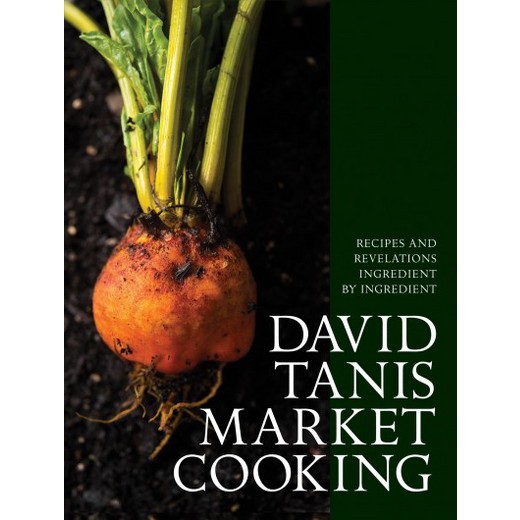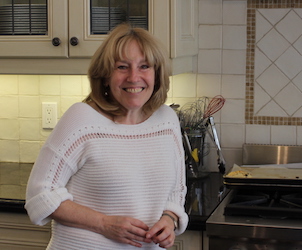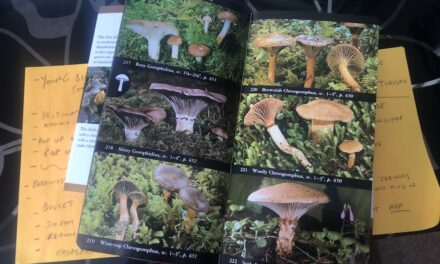Good Food Revolution: So this month you chose to focus upon David Tanis’ Market Cooking? What do you love about this book?
Mika Bareket: The recipes are well-tested and not overwrought. Results are only as good as the ingredients you use, and Mr. Tanis reminds the reader again and again to choose produce judiciously. I’m very much in line with this. Our culture has a tendency to splurge on restaurants when we’re flush, but not necessarily on better quality groceries.
GFR: I guess that with you living and working in Kensington Market you can identify with his market shopping philosophy?
MB: I’m very lucky to be in close proximity to fresh food of excellent variety and quality. And I welcome everyone to partake in the year-round bounty that Kensington offers. They need our support!
GFR: I really enjoyed the food photography in this… how important are such pictures for you? I was just sent a cookbook to review and it was basically devoid of pics bar a few dark black and white ones. I’m not sure I’ll be opening that book again…
MB: To be honest, I am a bit suspicious of cookbooks with pretty pictures. I abhor books with lifestyle pictures, i.e. the author’s fruit orchard or their beautiful friends making toasts over sparkly drinks. The quality of a cookbook is in the instructions. Some of the prettiest ones are poorly written, and I understand why – it’s very expensive to make a cookbook and generally the author is responsible for all costs affiliated with food styling and photography. In some cases, I suspect compromises are made to put more dollars and energy into aesthetics vs recipe testing. Some top authors get around this by doing some of the photography themselves – Nigel Slater and Naomi Duguid come to mind. More and more, there are many other exceptions, Market Cooking being one of them.
GFR: I love his ingredient-led recipes, and in a way they remind me of Food and Wine’s Market Math column, an old favourite of mine. Was there any particular ingredient that he focused upon that you particularly enjoyed?
MB: Oh yes, salad greens! Mr. Tanis provides a great tip: salt your leaves before dressing them. It’s such a small thing but it makes a big difference – every leaf is seasoned, even if only lightly dressed.
GFR: Tanis speaks of getting his inspiration for this book from his time living/shopping/cooking in Paris, when he moved there from the US after 9/11. What has recently inspired you cooking-wise after shopping in Kensington Market?
MB: Lately I’m inspired by nearby Chinatown. I noticed a lady buying a giant bunch of Chinese celery the other day and I can’t get it out of my head. It was mostly leaves and very little stalk. I’ve consulted Fuchsia Dunlop’s books for ideas for such greens. Fermented black beans and chili oil is a current go-to flavour combo in my kitchen.
GFR: As I mentioned, I love this type of cookbook, with loads of recipes wrapped around particular ingredient. Can you suggest any other books that are similar?
MB: My beloved Tender by Nigel Slater offers a broad scope for a wide range of produce. Jennifer McLagan’s Bitter is narrower in focus but provides a range of ideas for each ingredient, some of which were completely new to me. I’m also deeply ensconced in Magnus Nilsson’s The Nordic Cookbook which is a handy tome, and full of ideas ranging from simple to strange for each ingredient.
GFR: Thanks so much for this recommendation. It’s my favourite of yours so far!
Edinburgh-born/Toronto-based Sommelier, consultant, writer, judge, and educator Jamie Drummond is the Director of Programs/Editor of Good Food Revolution… And he loves this book.









